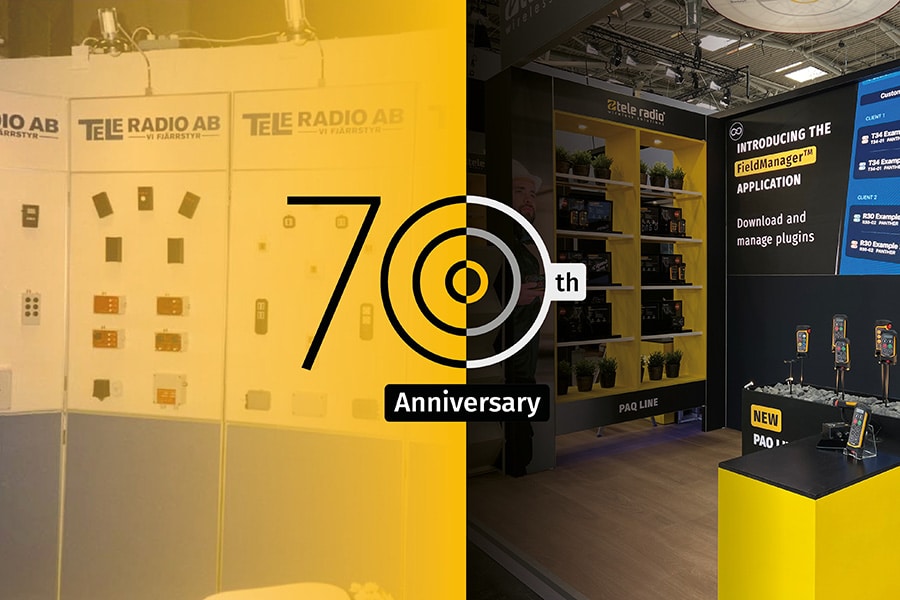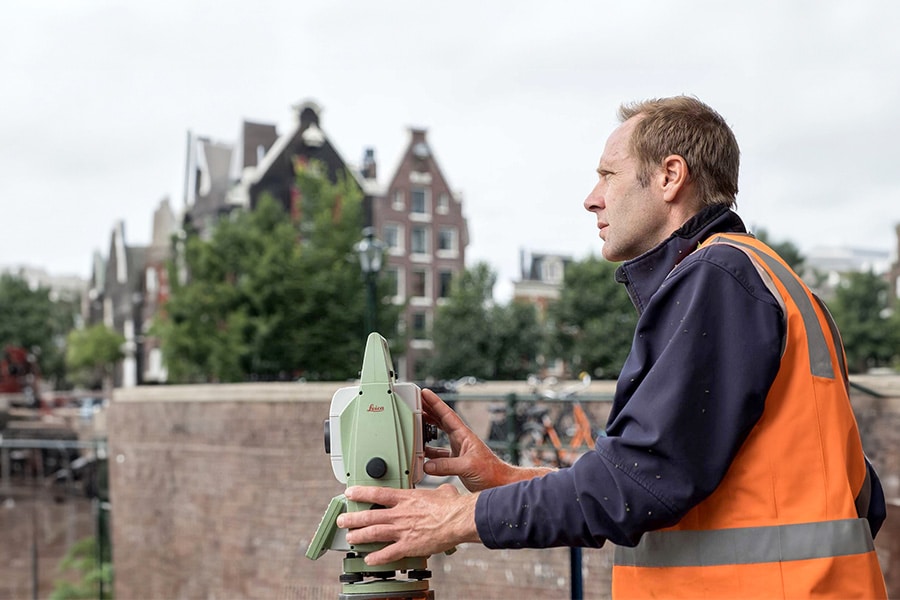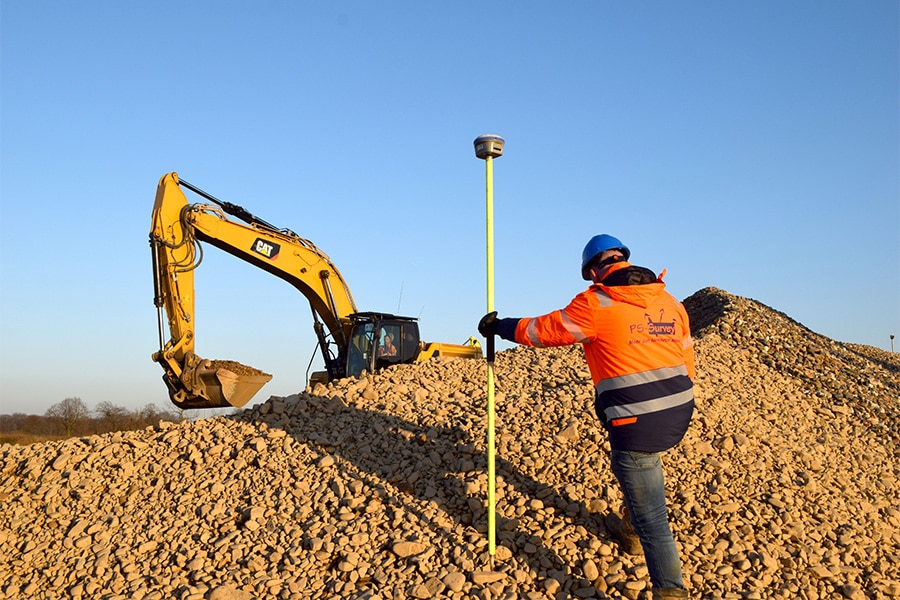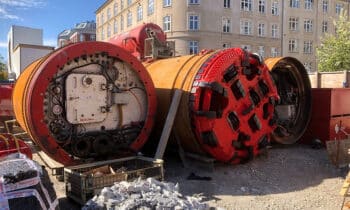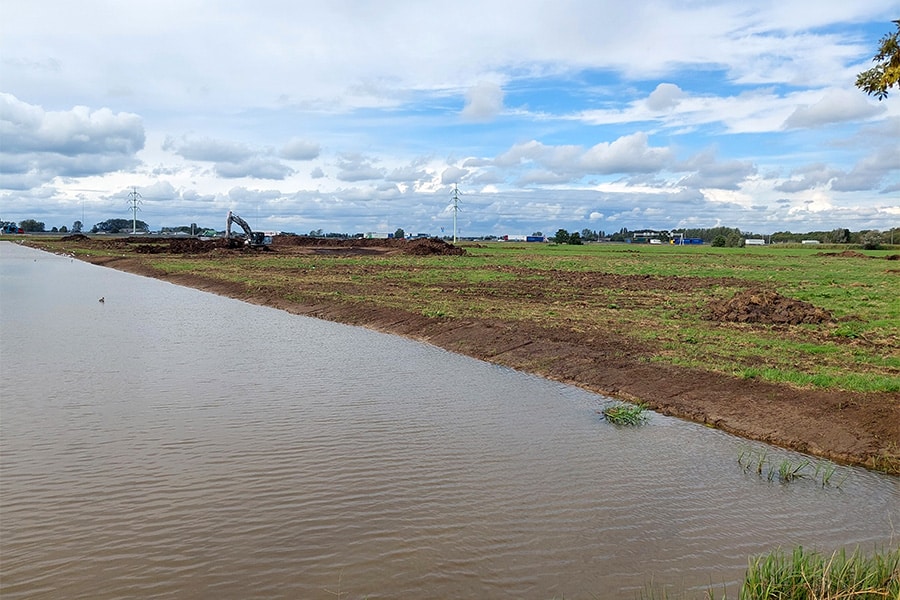
Steering role for Geo-data specialist in climate-proof (re)design of public space
Due to climate change, extreme dry and wet periods are alternating more and more rapidly. It is crucial that we have an eye for climate-proof area (re)design. The environment and subsoil are leading in this. This is Mark de Kwaadsteniet, senior consultant Hydrology at Geo-data specialist Fugro. In line with this vision, Fugro recently developed an alternative water storage concept for the Groote Haar industrial estate in Gorinchem.
If you are going to develop somewhere new, the only certainty you have is the environment and the subsurface. Yet in practice, too little consideration is given to this when it comes to climate-proof design, Mark believes. "The result is that things often turn out differently than expected. People try to make things somewhat acceptable with all their might, but all their ambitions on the front end are long gone by then. With the intrinsic motivation to deal with this in a different way, Fugro set up the service 'water & soil management advice'. The aim is to look at what choices are available to make an area or district climate-proof from the subsurface and the environment."
Problem
Fugro's services around climate-resilient area (re)design focus on four categories. "First, we have developed a vision for steel-founded homes. It's a social problem which is bigger than municipalities can bear, requiring a national approach," Mark states firmly. "Many homes have sunk to such an absolute level that there are hardly any possibilities left to optimize public space to prevent flooding (NOS and Liwwadders, ed.). The houses are at the end of their lifespan." The second component focuses on advice on major maintenance of public space in a neighborhood. "The aim is that by making the right choices we can postpone the next maintenance cycle. For example, by applying different materials, different types of planting, etc. Through a test street, we look together with municipalities at the options for climate-proof major maintenance of the neighborhood."
New surface water
Fugro's water & soil management advice can also contribute to new sites being developed. "One way we do this is by means of a 'quick scan' with integrated follow-up advice, so that people don't run into problems later on as a result of raising the ground too quickly or preloading too short," Mark explains. Finally, the last pillar relates to advice around the creation of new surface water, and that is precisely where Fugro has made a difference at the newly constructed Groote Haar business park in Gorinchem. Part of area development and development plans is the digging of new surface water. However, due to soil conditions and subsidence, in parts of the Netherlands it is no longer obvious to construct waterways without them bursting. Climate change will increase the risk of erosion and its impact on water quality and quantity within the lifetime of the watercourse. In other words, you will have to take it into account in the design.

ditches
Watercourses can burst when the water pressure (head) in the underlying aquifer exceeds the weight of the soil structure. This can cause the water bottom to become unstable and rise and/or welting to occur.
Bursting creates a permanent connection between groundwater in the underlying aquifer and surface water. This causes groundwater to mix with open water. This creates permanent additional load on the Water Board's pumping capacity (CO2 load).
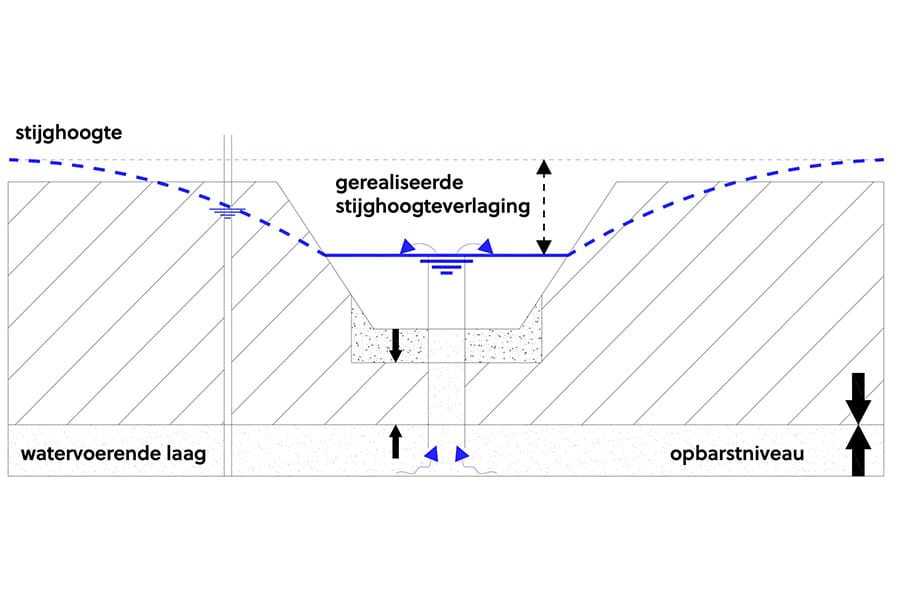
It may also involve deformation of the waterway:
- Elevation of the water bottom -> decrease in flow profile
- Shear slopes
Groundwater has a different quality and composition, which can deteriorate surface water quality:
- Discoloration of surface water in ferruginous groundwater
- Salinization of surface water at higher chloride levels
This can have direct consequences for nature/ecology and crop yields in agriculture when sprinkling from open water, among other things. Partly because of these risks, many water boards and municipalities have included in their policies that "new" watercourses may not erode
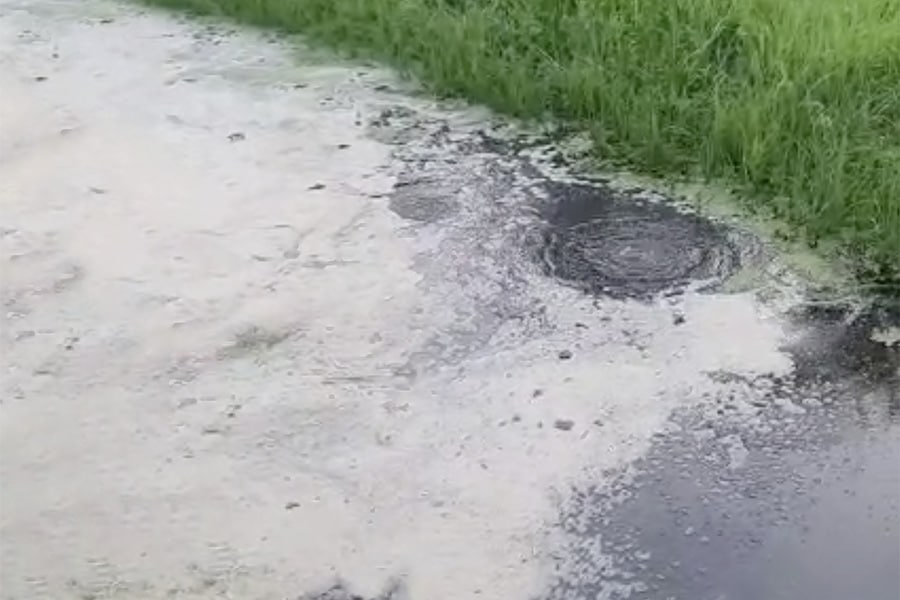
Water compensation task
New watercourses are constructed to provide water compensation for the paved surface area when a new residential area or business park is built. For business park Groote Haar along the A27/A15, there was a water compensation task of 65,000 m2. "In the past, a water system with very wide watercourses was designed for this," Mark knows. "Because of potential bursting and welting, this design was changed to two parallel watercourses with soil reinforcement, for which the water board withdrew the permit. The municipality was at a loss. We then worked out an alternative water (storage) system, which prevents bursting and welting and still meets the water compensation task."
Method Giessenburg
For the water (storage) system in Groote Haar, Mark was inspired by a similar concept in a park in Giessenburg. "The solution is actually twofold: instead of parallel watercourses, we opt for a single A-watercourse, or a main watercourse that can be managed and maintained by the water board from one side, and we combine that with alternative water storage on the other side in the form of a plas-dras storage area, neatly fitted into the landscape design. The single A-waterway is narrower and a puddle-wash storage is shallower, so the risk of bursting is lower and no measures are needed at this location to prevent bursting. Fugro's proposal, hydraulically calculated by consulting and engineering firm TAUW and incorporated into the landscaping plan by Collaborating Architects and Building Consultants (SAB Advisors), has now been licensed by the water board."
The alternative proposal also has advantages for the municipality. Much less soil needs to be excavated and, because of the relatively narrow waterway, no compensatory measures in the form of ballast beds are needed. Mark calculates that the alternative infill leads to cost savings of 1.5 million euros in the construction phase, which can be used to finance management and maintenance by the municipality of the water storage facility. Less earth movement and transport movements lead to a CO2 saving of about 63% CO2 equivalent (=812 tons less CO2 emissions equal to seven intercontinental round-trip flights) and a saving of 80% on the Environmental Cost Indicator (EQI) value. Finally, this method of water storage provides more opportunities for the placement of trees near the repository and planting in the repository. This provides food and shelter for insects and birds, enhancing biodiversity.
Heeft u vragen over dit artikel, project of product?
Neem dan rechtstreeks contact op met Fugro.
 Contact opnemen
Contact opnemen
